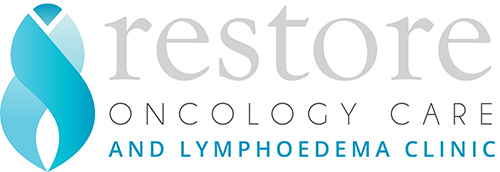Secondary lymphoedema is a common side effect from Breast Cancer treatment. If and when you may develop this can be a cause of unnecessary anxiety and continual worry. According to the most recent research, the good news is that you shouldn’t be spending your time worrying if you will develop Lymphoedema. We now have advanced methods for detecting lymphoedema before it can be noticed, or even measured.
However, to keep you the most informed about your risk lets go through a few of the most common risk factors for the development of Lymphoedema
#1 – The number of Lymph nodes removed
The number of lymph nodes removed from your Axilla (arm pit) is correlated with an increased risk of lymphoedema. The axilla is the main nodal basin for the lymphatic fluid in the arm to drain to. If the number of nodes is reduced due to a Sentinol Node Biopsy (SNB) or Axillary Node Dissection (AND) then there is less ability for the lymphatic system to transport the fluid in the arm, so therefore there is an increased risk of developing Lynphoedema
#2 – Treatment
The role of Radiotherapy is to cause tissue damage to kill Cancer cells. Unfortunately through the same process healthy tissue can also be damaged, which leads to the tissue becoming fibrotic (thickened or scarred). Fibrosis can interfere with the ability of the lymphatic vessels to pump the fluid to the nodal basins, leading to an accumulation of fluid in the arm or breast.
Chemotherapy works to destroy or inhibit Cancer cells. SImilarly to radiotherapy, chemotherapy can also cause damage to the healthy cells within the body and more specifically in this case, cause damage to the lymphatic vessels. Damage to the cells here means that the function of the vessels is reduced and therefore the transportation of the lymphatic fluid is also reduced.
#3 – Obesity and Inactivity
Being related with one another.
Lymphatic vessels are surrounded by tissue cells and pump very slowly (at a rate of 6-10 per min) compared to other vessels in the body. In an overweight person there is an increase in the number and size of fat cells, and due to their close proximity to the lymphatic vessels can actually inhibit the ability of the vessels to pump and therefore uptake fluid in the body, causing an accumulation of fluid.
Being active stimulates the muscle pump in our body. Lymphatic vessels lie close to the muscles within our legs and arms, so when our muscles contract it stimulates the vessels to help move the lymphatic fluid through the body. If you are inactive and lead a sedentary life due to obesity for example, then the accumulation of fluid isn’t being effectively transported throughout the lymphatic system.
These are just a few risk factors for Lymphedema. If you would like any more information or would like to see one of our therapists for assessment and management please contact us for an appointment.



No Comments